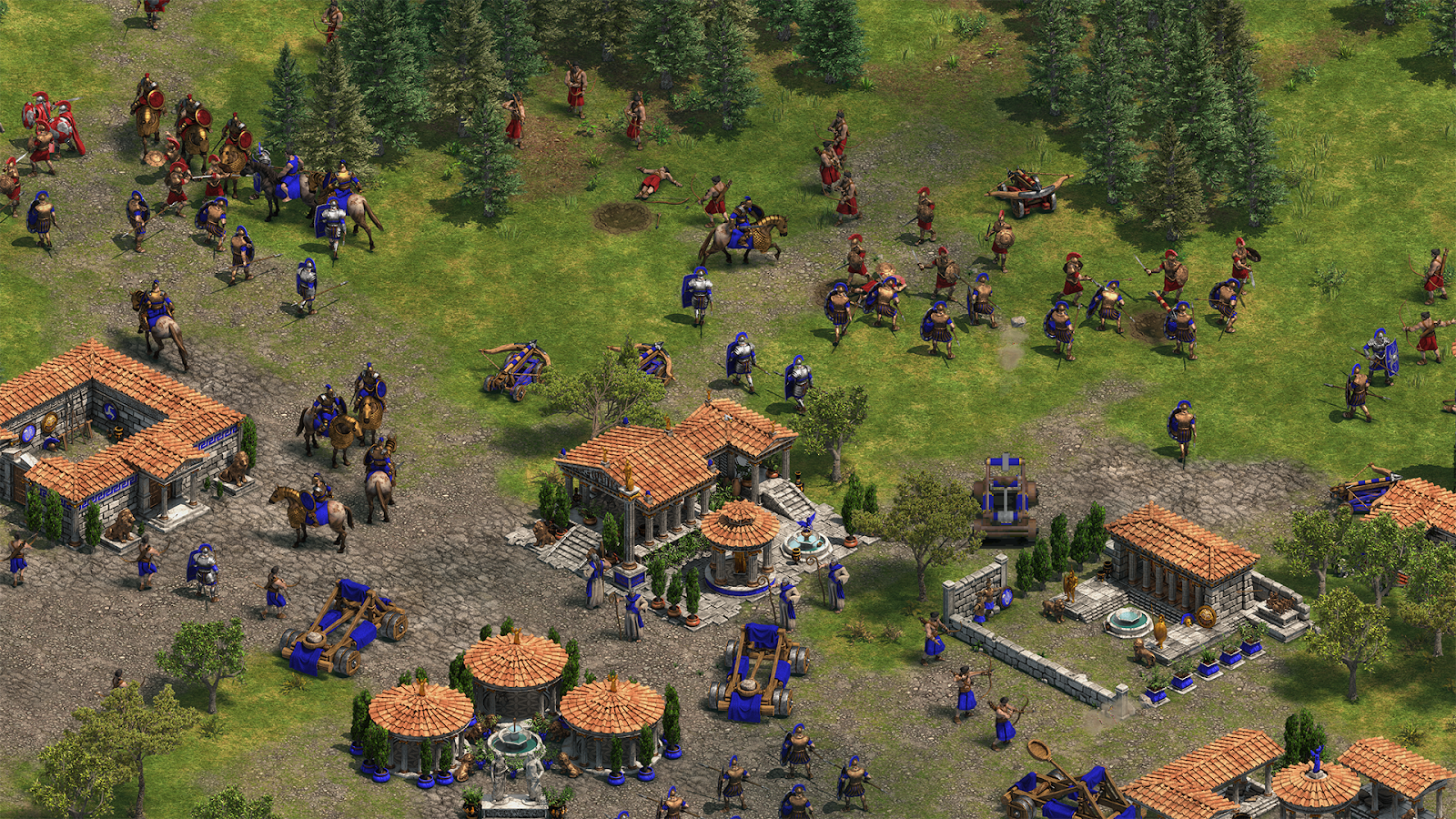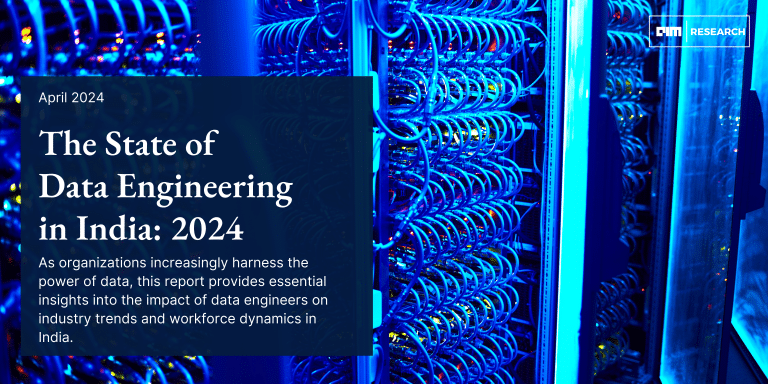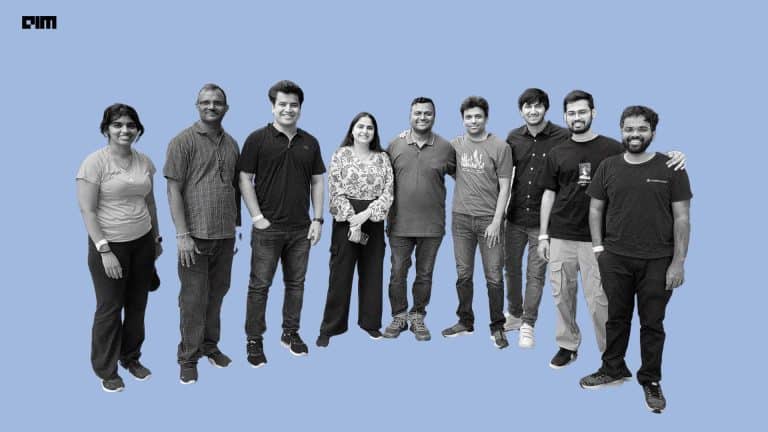Minecraft, Mortal Kombat and now Mario Kart are the latest in line of games which are leveraging data and analytics to improve game development and draw more players on to the platform. Thanks to the exponential growth in mobile gaming, games are generating massive amounts of data that can be tapped for garnering insights. In this article, we highlight a few examples where analytics along with data science(DS) is deployed for game development.
Data Science Techniques For Strategic Impact
Most games usually require players to follow a particular strategy — they have an ‘objective’ which need to be completed to go to the next level in the game. Good strategies and gaming help achieve this. However, the gaming performance depends on the players. For instance, in certain games especially of the open-world genre, in-game movements & actions are totally carried out by players and has a lesser impact on the main objective. These cannot be changed or customised. In simple words, how you traverse in games like Grand Theft Auto, Assassin’s Creed or Far Cry is your choice provided you don’t digress from the game objectives. Only the strategy part can be devised from data science techniques.
For example, Civis Analytics highlights how one can choose the best Mario Kart character to win a race from techniques such as Pareto optimality and exploratory data analysis. It also charts out various configurations (combinations of game objects such as characters, karts, & tire) that can be made in all possible ways. Based on this, obviously you choose the best configuration but once you start a race in the game, winning is entirely dependent on your style of playing.
Capturing The Essence Of Fun
One of the most important things a video game company looks is bringing more fun into games. Captivating more users mean more revenue especially with respect to online games. Keeping players engaged is key to sustain gaming interests.
Where does data analytics fit in here? The answer lies in data. As more and more data is generated online, data analytics can help set trends and ensure players return to the platform. This is quite very hard since data analytics should translate itself to game development if it integrates with the latter. Candy Crush, the most popular mobile video game that has more than 500 million downloads, relies on statistics and DS concepts. In fact, one study by Toby Walsh, a professor at University of NSW, Australia, showed that this game is classified as a ‘NP-hard problem’ evident in computational complexity theory.
Computations present inside the game can be tweaked to improve gaming experience and as Walsh rightly mentioned in the end, “It would be interesting to see if we can profit from the time humans spend solving Candy Crush problems. Many millions of hours have been spent solving Candy Crush. Perhaps we can put this to even better use by hiding some practical NP-hard problems within these puzzles?”
Data-Driven Game Development
Game design also plays a very important role in keeping players hooked to the platform. Having excellent graphics and a better gameplay won’t suffice. Insights from gaming data is highly appreciable. Adam Fletcher of Gyroscope Software neatly puts it this way, “It can seem odd to consider games, often characterized as artistic endeavours, as something you can measure and tune — more like a machine. Data science is no replacement to creativity and design. It is a complement to game design that can support those efforts and fill in gaps that design cannot.”
A specific area in DS, for example, data warehousing or data engineering, might not even be required for offline games. Furthermore, DS should also answer game-related scenarios since every game is different.
Another area which gaming companies explore is widening the install base. Also, in some instances, game may have a large user base but may not have many sessions or feature low session length when compared to the pre-launch estimates. Which means that players are no longer interested in the game. DS techniques, especially personalisation can be leveraged to increase user base and push up financial KPIs.



















































































